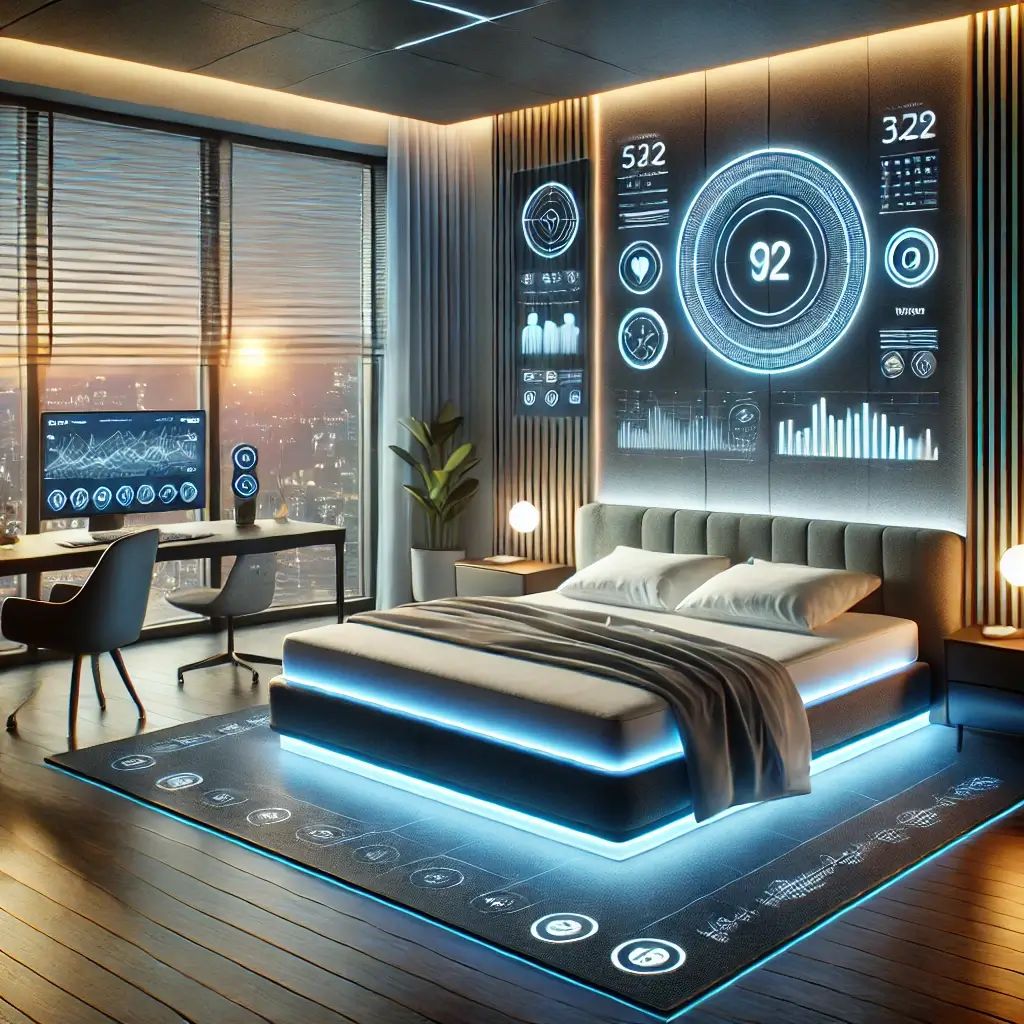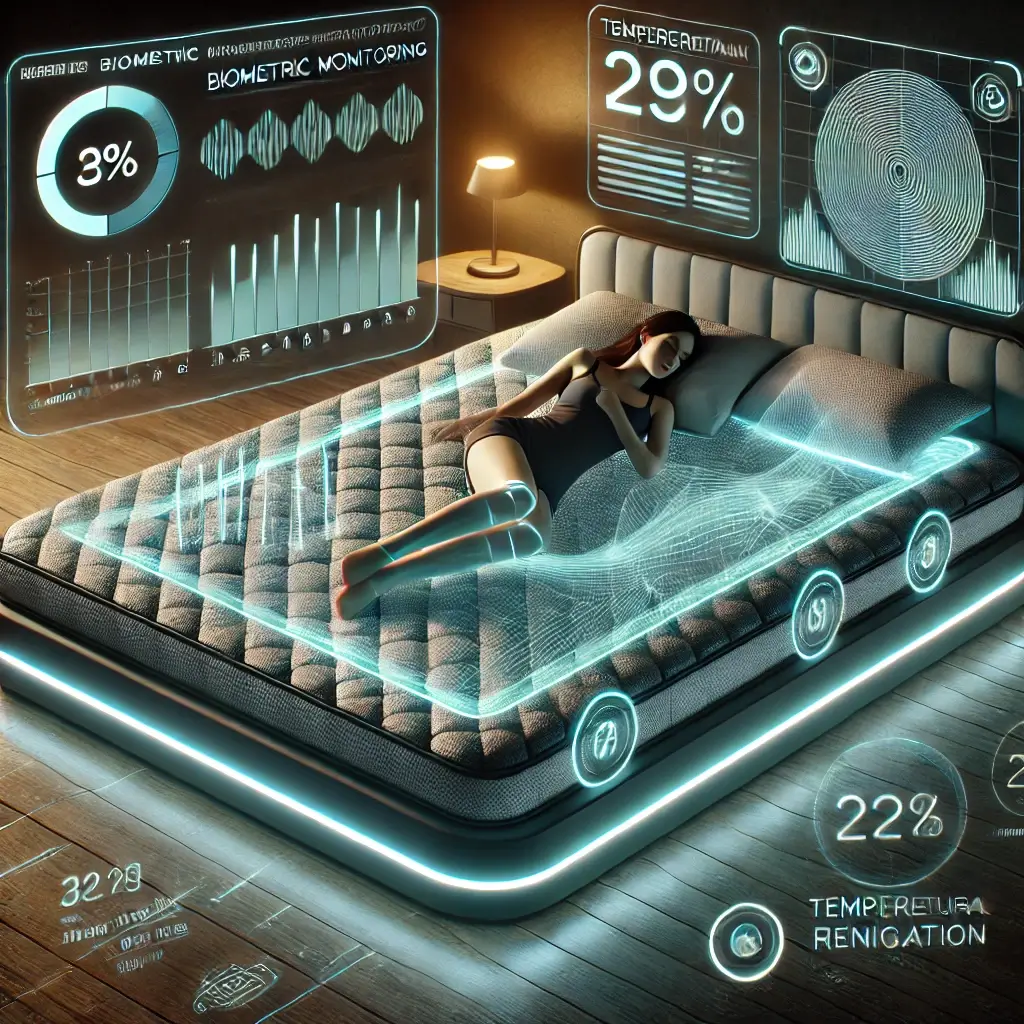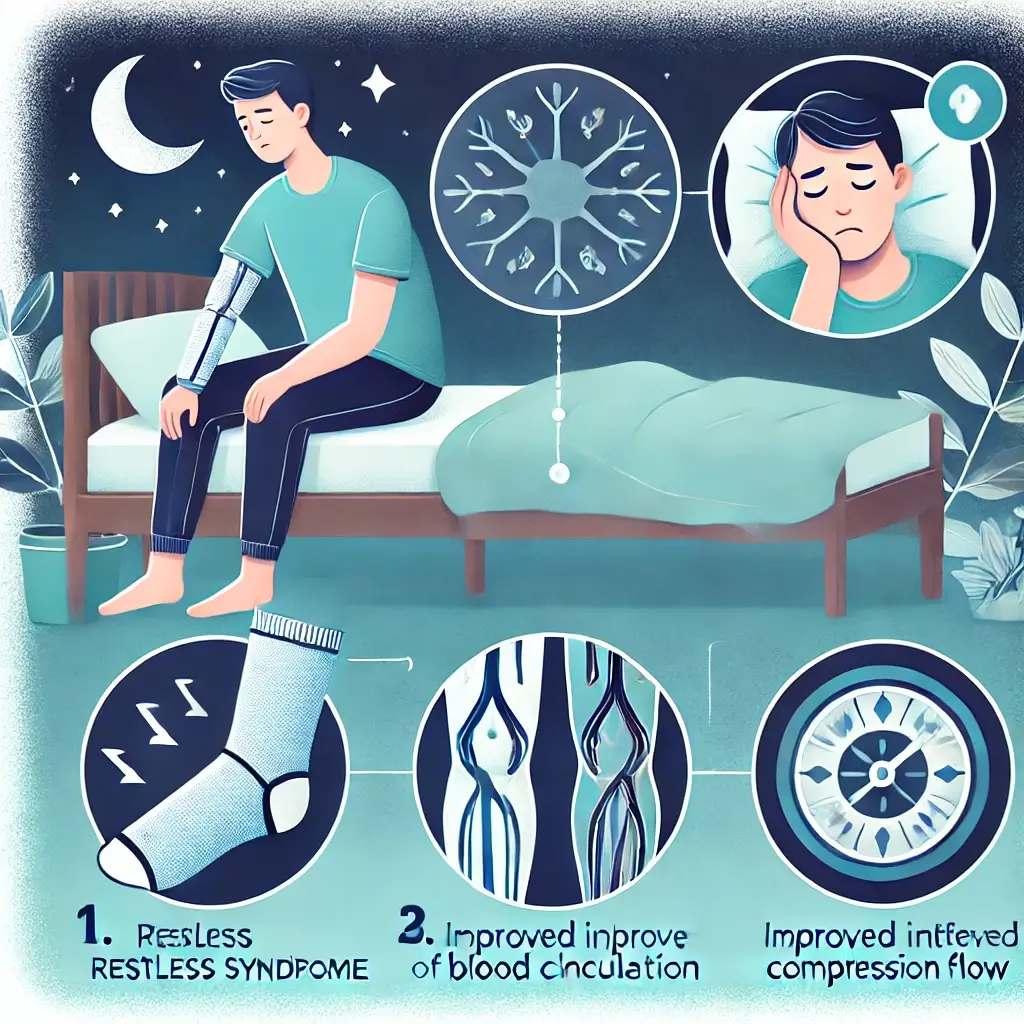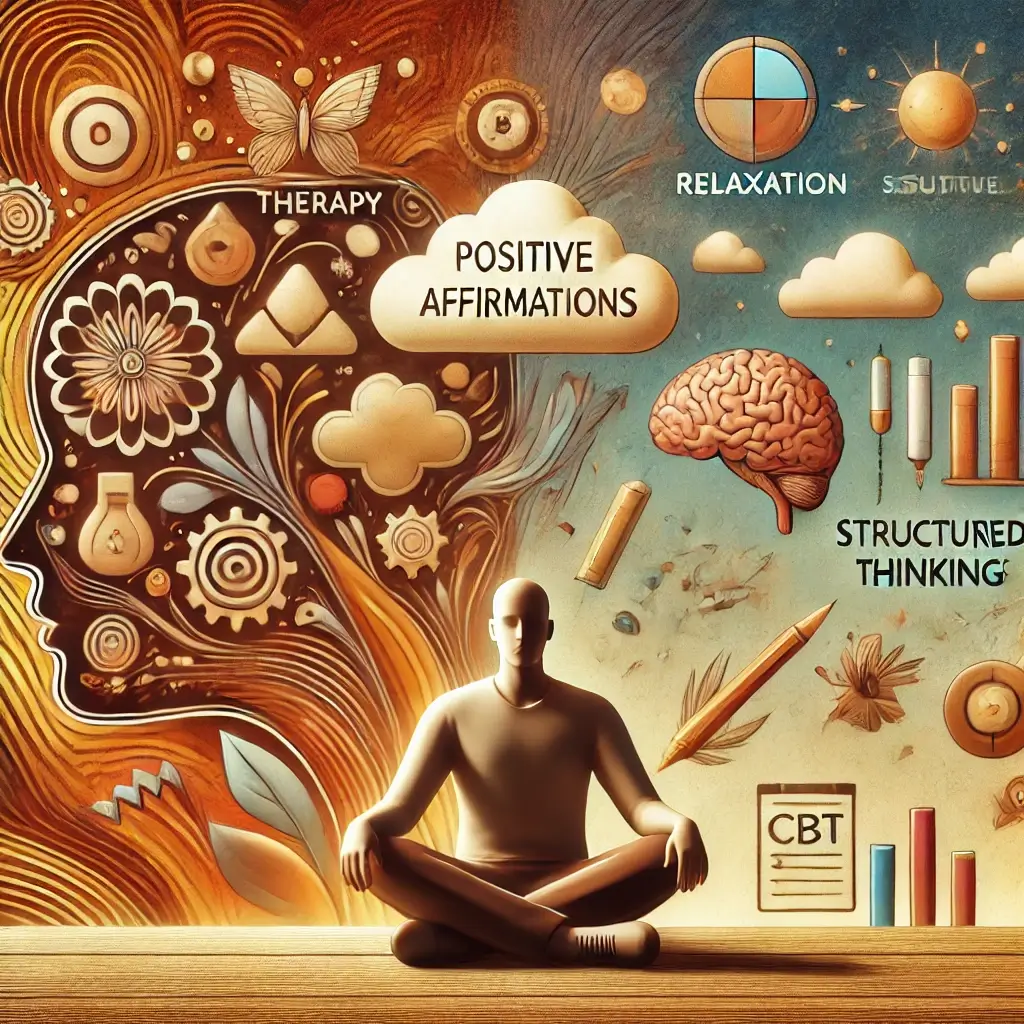Optimize Your Sleep Environment: Understanding the Integration of Smart Mattresses and Circadian Lighting
Understanding Sleep as a Fundamental Health Pillar
Sleep is more than just rest; it is a fundamental pillar of health, influencing cognitive function, emotional well-being, and physical resilience. Yet, achieving high-quality sleep has become a challenge for many, especially as work-from-home arrangements blur the boundaries between work and rest. Factors such as inadequate home office lighting and improper sleep surfaces exacerbate sleep difficulties by disrupting circadian rhythms and physical comfort.
Smart Technology’s Impact on Sleep Innovation
Modern advancements in smart technology are transforming the way we approach sleep. Smart mattresses equipped with biometric monitoring, pressure mapping, and temperature regulation aim to personalize and optimize the sleep experience. Meanwhile, innovations in circadian lighting address environmental barriers by synchronizing artificial light with the body’s natural rhythms. When combined, these technologies hold the potential to revolutionize sleep health, addressing both internal and external factors that impact rest.
Medical Research on Sleep Technology Integration
The human body’s circadian rhythm is deeply influenced by light exposure. Bright, cool-toned light during evening hours can suppress melatonin production, delaying sleep onset. A 2021 study in Sleep Health highlighted that remote workers exposed to excessive artificial lighting reported significantly reduced sleep quality and increased fatigue. The study recommended integrating circadian-friendly lighting in home offices to mitigate these effects.
Circadian Lighting Systems and Sleep Quality
Circadian lighting systems mimic natural daylight patterns, transitioning from bright, cool light in the morning to warmer, dimmer tones in the evening. These adjustments align with the body’s natural rhythm, supporting melatonin production and promoting restorative sleep. A 2022 article in Chronobiology International found that participants using circadian lighting in their homes experienced improved sleep efficiency and shorter sleep onset latency compared to those exposed to standard lighting.
Smart Mattress Technology and Sleep Efficiency
Smart mattresses complement these lighting systems by addressing the physical aspects of sleep quality. A 2018 study published in Sleep Health explored the impact of a smart mattress with biofeedback features on sleep efficiency. Participants reported significant improvements, attributing these to the mattress’s ability to adjust firmness and temperature based on real-time body data. These findings underscore the synergy between smart mattresses and lighting solutions, which together address both environmental and physiological factors influencing sleep.
Home Automation and Sleep Technology Integration
Moreover, advancements in home automation allow seamless integration of these technologies. Smart mattresses connected to home lighting systems can adjust room brightness and temperature automatically based on sleep data. A 2023 review in Smart Home Innovations discussed how such integrations reduced disruptions in sleep patterns and improved overall user satisfaction.
Implementation Challenges of Sleep Technology
Despite their promise, adopting smart sleep technologies and circadian lighting involves challenges. Cost is a notable barrier, with high-end systems requiring substantial investment. However, research suggests that the health benefits of these technologies, including reduced risks of chronic sleep disorders and improved mental health, may justify the expense.
Privacy and Data Security Considerations
Privacy concerns related to data collection by smart mattresses are another consideration. Users must ensure that manufacturers prioritize data security and transparency to protect sensitive biometric information.
Personalization in Sleep Technology
Finally, individual preferences play a crucial role. While some users prioritize features like temperature regulation or biometric monitoring in smart mattresses, others may benefit most from circadian lighting tailored to their unique sleep needs. Personalized solutions are essential for achieving optimal results.
Future of Sleep Health Technology
The integration of smart mattresses and circadian lighting represents a holistic approach to sleep health, addressing both physiological needs and environmental influences. By aligning internal rhythms with external conditions, these technologies pave the way for more restorative and efficient sleep.
Evolving Sleep Technology Accessibility
As innovations in sleep technology and circadian science continue to evolve, these tools will likely become more accessible, offering personalized solutions for diverse sleep challenges. For individuals navigating the demands of modern work and lifestyle changes, adopting a comprehensive approach to sleep—leveraging both smart technology and lighting—can significantly enhance well-being and productivity.
Research References
References
Johnstone, J. A., Kay, G., & Wantschek, C. (2018). Can a smart mattress improve sleep quality? A pilot study. Sleep Health, 4(3), 237-242.
Riemersma, R. F., et al. (2022). The role of circadian lighting in sleep health among remote workers. Chronobiology International, 39(3), 385-392.
Sleep Health (2021). Artificial lighting and its impact on circadian rhythm disturbances. Sleep Health, 7(2), 101-115.
Åkerstedt, T., Wright, K. P., Gillberg, M., & Ficca, G. M. (2019). Pressure mapping technology in a smart mattress intervention for chronic low back pain: A randomized controlled trial. Journal of Sleep Research, 28(2), e12767.
Smart Home Innovations (2023). Integration of smart sleep technologies with circadian lighting for enhanced sleep quality. Smart Home Innovations, 15(4), 65-72.













